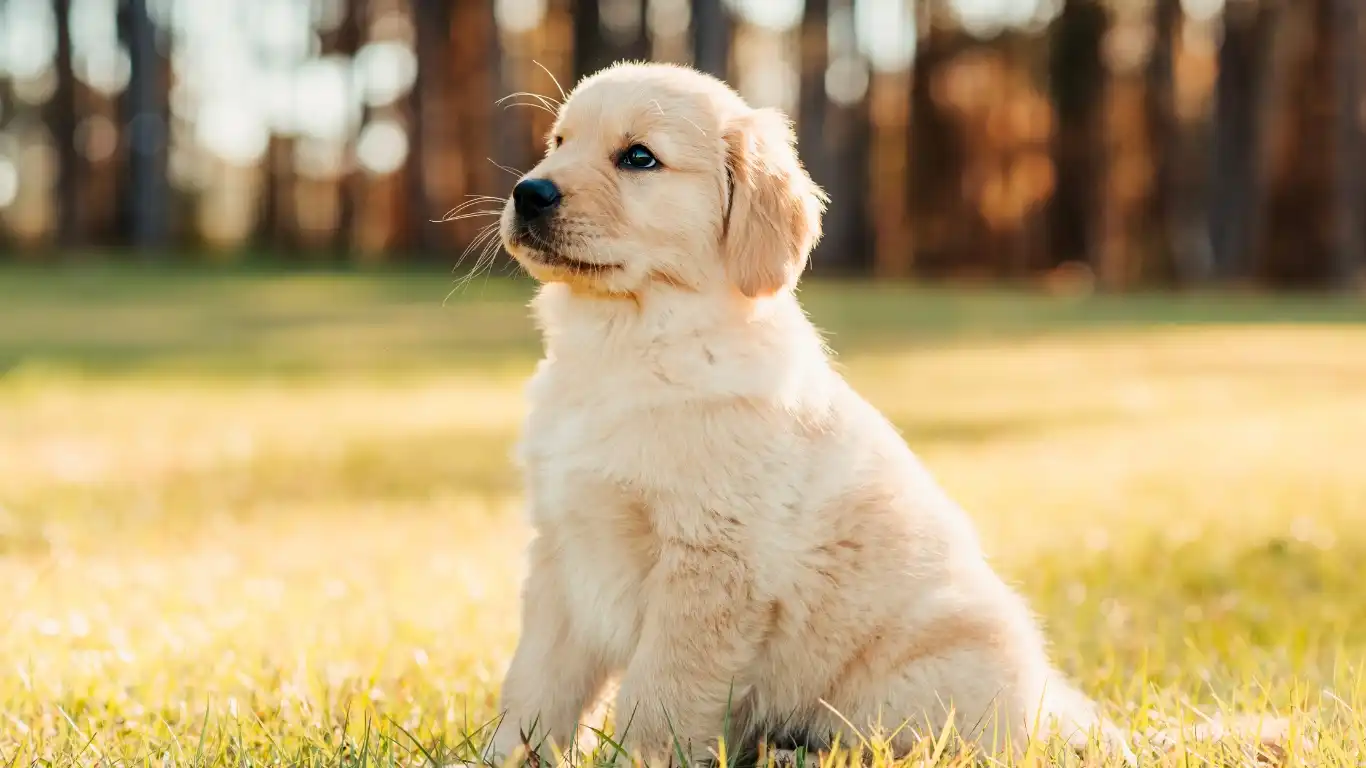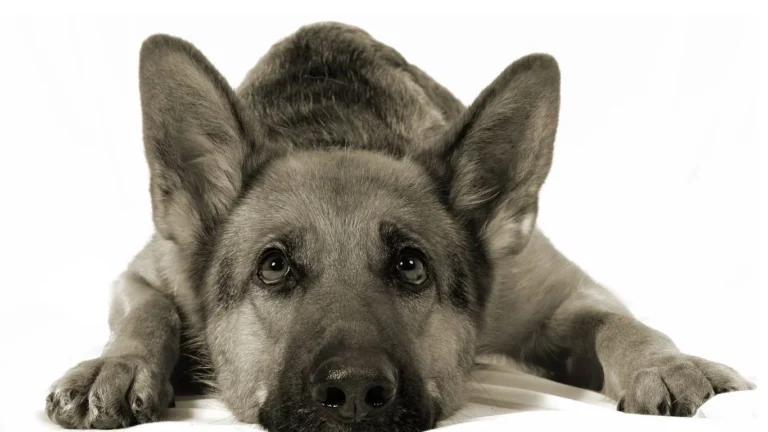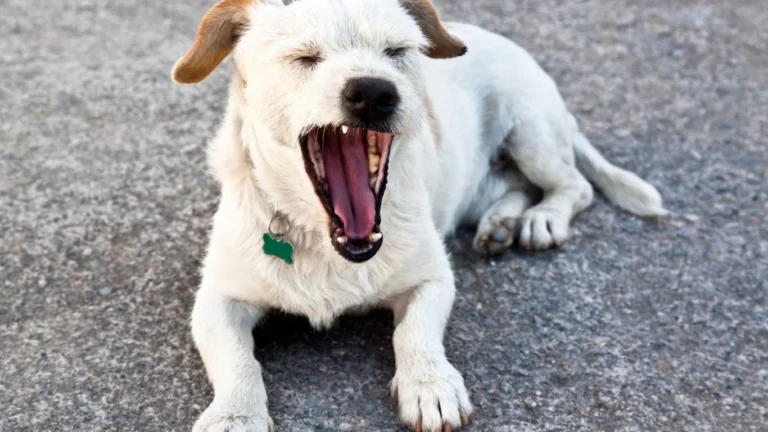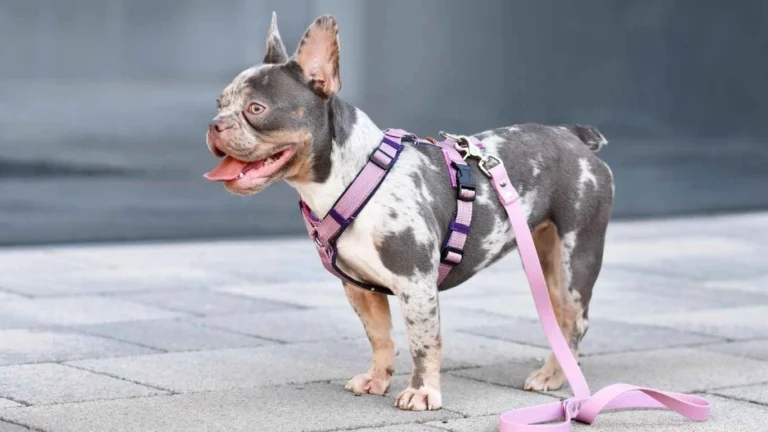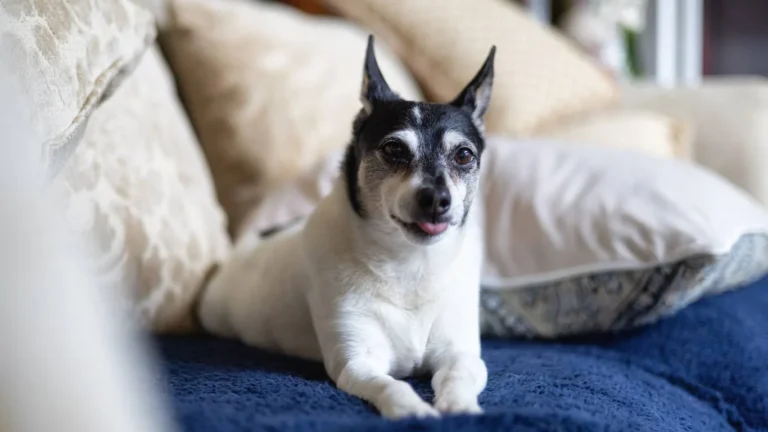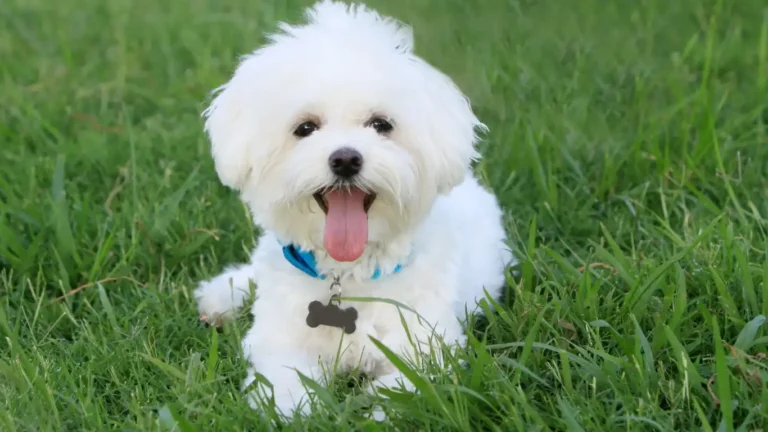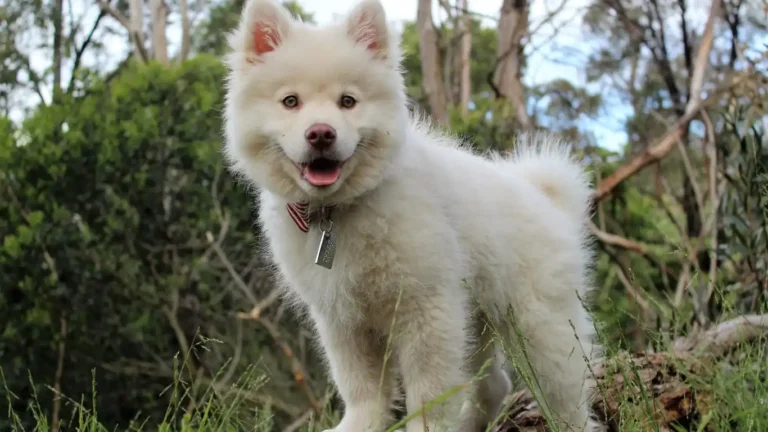The Best Dog Grooming Brush: Avoid These Costly Mistakes!
Choosing the right dog grooming brush might seem simple, but trust me, it’s not just about grabbing any brush off the pet store shelf. As a pet nutritionist and someone who has worked in veterinary clinics, I’ve seen firsthand how the wrong brush can lead to discomfort, excessive shedding, and even skin irritation in dogs. The right brush makes all the difference—not only for your pup’s coat health but also for making grooming sessions something both of you actually enjoy.
Why Choosing the Right Dog Grooming Brush Matters
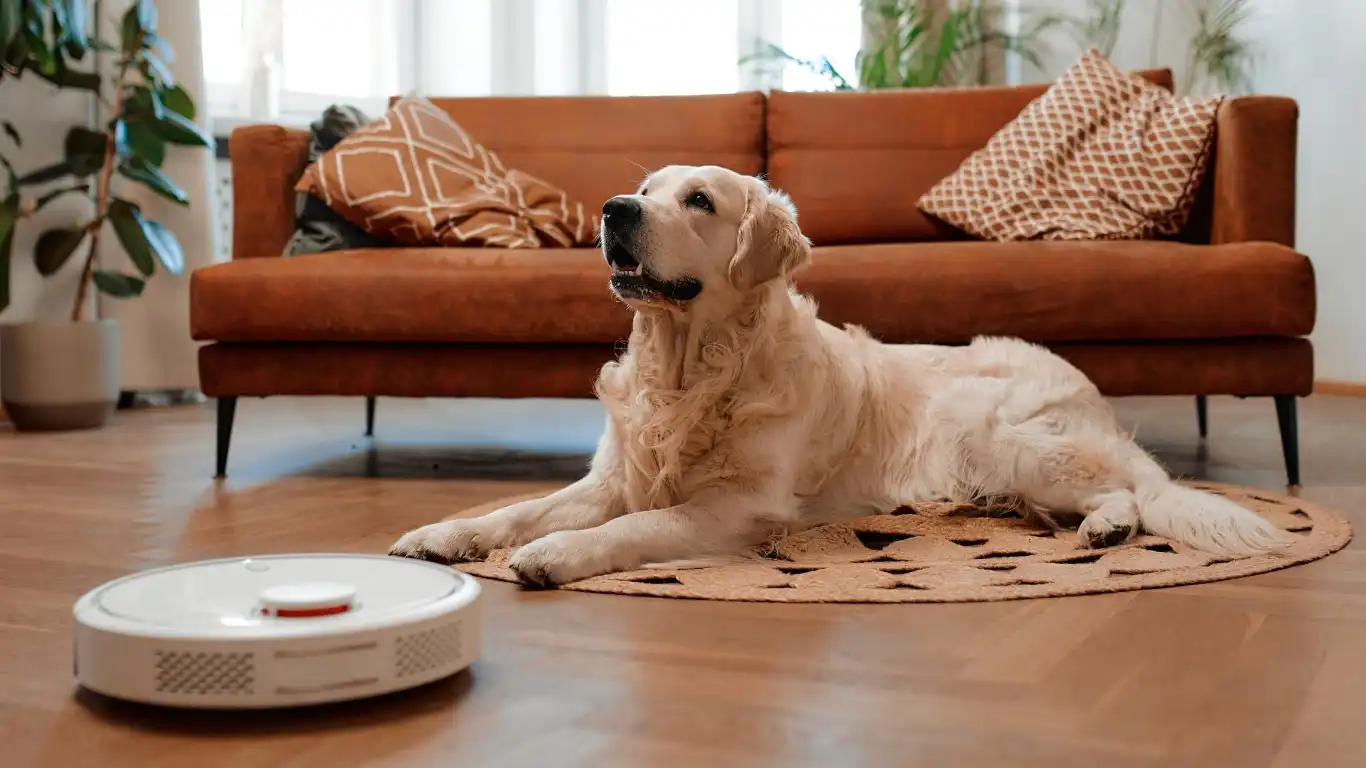
When pet parents ask me about grooming tools, I always emphasize that every dog has unique grooming needs based on their coat type, length, and even their skin sensitivity. A brush that works wonders for a Golden Retriever might not be ideal for a Poodle or a Chihuahua. Using the wrong brush can cause:
- Skin irritation – Too stiff or sharp bristles can scratch delicate skin.
- Excessive shedding – The wrong brush won’t remove dead hair effectively.
- Matting & tangles – Some brushes won’t penetrate thick coats properly.
- An unpleasant experience – If brushing feels uncomfortable, your dog might start dreading it.
To keep your pup’s coat in top condition, it’s important to understand the different types of brushes available and which one suits your dog best.
Understanding Your Dog’s Coat Type

Before we dive into brush types, let’s talk about coat types because that’s the key factor in picking the right brush. Dogs come in all shapes, sizes, and fur textures. Here’s a quick breakdown:
Short-Coated Breeds
Dogs like Beagles, Boxers, and Dobermans have sleek, short hair that doesn’t require heavy-duty grooming. A simple bristle brush or rubber curry brush usually does the trick.
Medium to Long-Coated Breeds
Golden Retrievers, Border Collies, and Australian Shepherds have longer fur that can tangle easily. A slicker brush or an undercoat rake is often the best choice to keep their coats mat-free.
Curly or Wavy-Coated Breeds
Poodles, Bichon Frises, and Portuguese Water Dogs have unique curly coats that require frequent grooming to prevent mats. A combination of a slicker brush and a comb is ideal.
Double-Coated Breeds
Huskies, German Shepherds, and Samoyeds have thick undercoats that shed heavily. Undercoat rakes and de-shedding tools are lifesavers for keeping their coats manageable.
Wire-Coated Breeds
Terriers and Schnauzers have coarse, wiry fur that benefits from a firm slicker brush or a stripping tool to maintain their coat texture.
Types of Dog Grooming Brushes and Their Uses
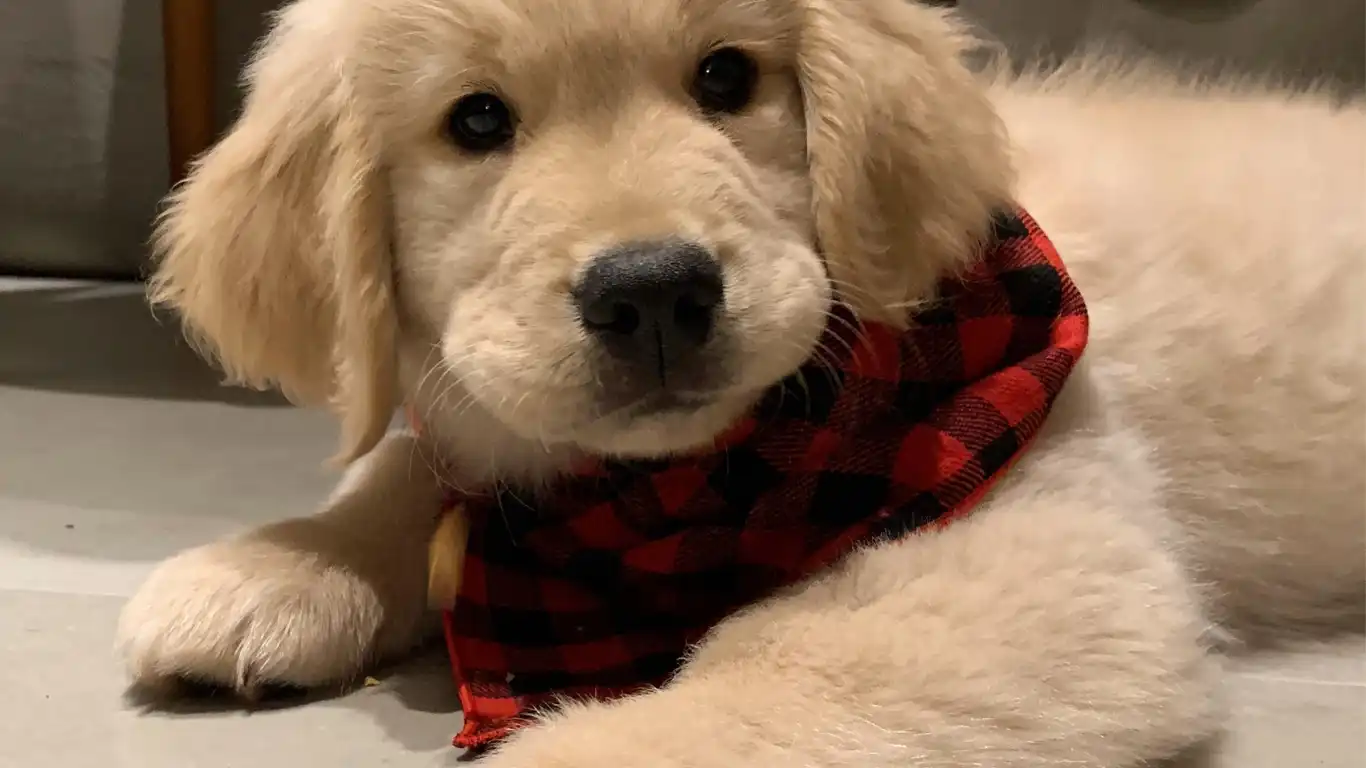
Now that you know your dog’s coat type, let’s talk about different types of brushes and what they do.
Slicker Brushes
This is my go-to brush recommendation for many dogs. With fine, short wires close together, slicker brushes are great for removing mats, tangles, and loose fur. They’re best for medium to long-haired dogs but can be too harsh for short-coated breeds.
Bristle Brushes
If you have a short-haired dog, a bristle brush is your best friend. These brushes distribute natural oils, keeping the coat shiny and healthy. I personally love using one on my own pup after bath time for that sleek, polished look.
Pin Brushes
Pin brushes look similar to human hairbrushes and work well on long-haired dogs. They help smooth out the coat and remove minor tangles, but they’re not as effective for heavy shedding or mat removal.
Undercoat Rakes
If you have a double-coated breed, an undercoat rake is essential. It reaches deep into the thick undercoat to remove loose fur before it ends up all over your furniture.
Rubber Curry Brushes
These are fantastic for short-haired dogs that shed. The rubber bristles gently massage the skin while lifting loose fur—perfect for a quick brushing session.
Understanding the right brush for your dog’s specific needs will not only keep their coat looking amazing but also make grooming an enjoyable bonding experience. In the next section, we’ll go over how to use each brush properly and some pro tips for making grooming sessions stress-free!
How to Use Each Dog Grooming Brush Effectively
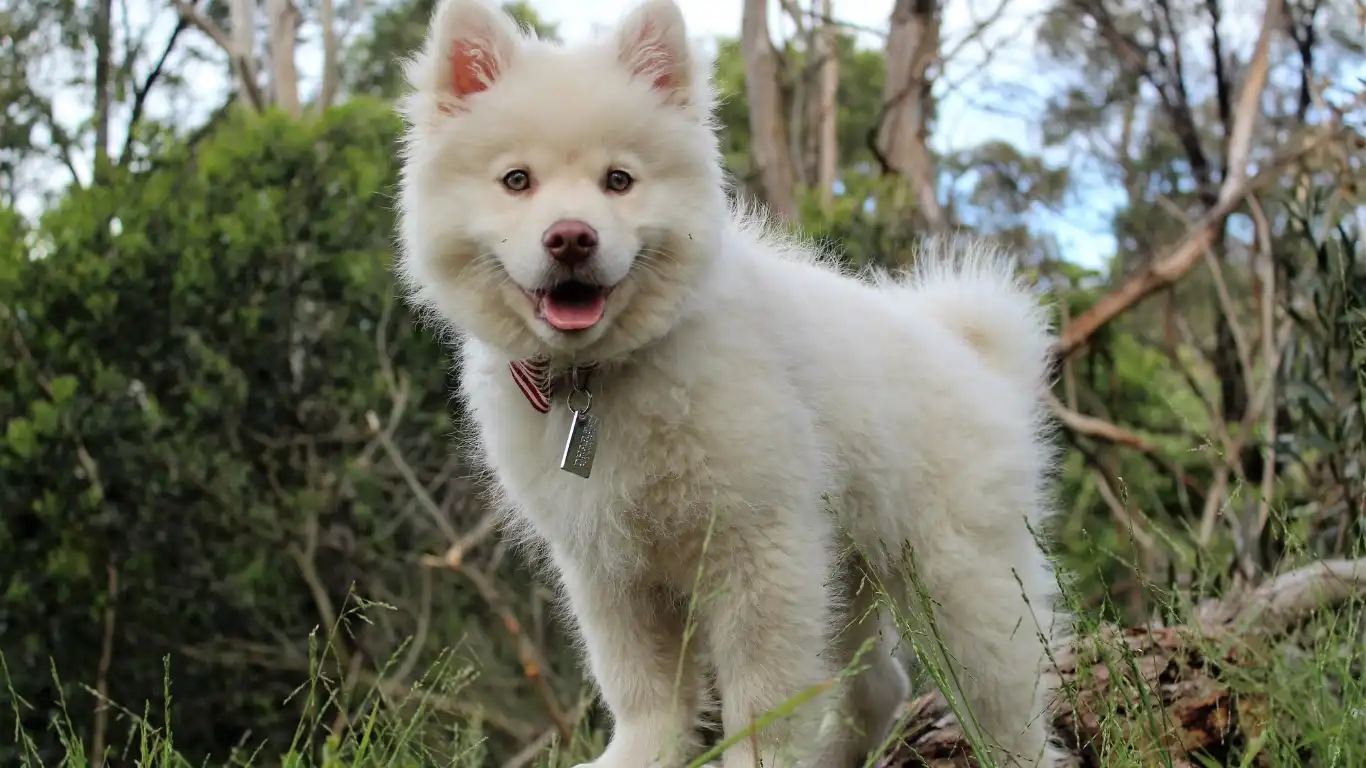
Now that you know which brush suits your dog’s coat type, let’s talk about technique. Brushing isn’t just about running a brush through your pup’s fur—it’s about making it a comfortable, effective routine that benefits both you and your dog.
Start with a Calm and Comfortable Environment
If your dog bolts at the sight of a brush, don’t worry—you’re not alone. I’ve worked with many pet parents who struggled with anxious dogs during grooming. The key? Make it a positive experience. Start by letting your pup sniff the brush and offer some treats before you even begin. Pick a quiet, cozy spot where they feel relaxed.
Brushing Short-Coated Dogs
For breeds like Beagles or Dobermans, use a bristle brush or rubber curry brush. Move in gentle, circular motions to stimulate the skin and remove loose fur. Short-haired dogs don’t need daily brushing, but 2-3 times a week keeps their coat sleek and healthy.
Brushing Medium to Long-Coated Dogs
Long-haired breeds like Golden Retrievers or Collies need slicker brushes or pin brushes. Start at the ends of the fur and work your way up to prevent pulling. If you hit a tangle, don’t yank—use short strokes or a de-matting tool to gently work it out.
Brushing Double-Coated Dogs
For Huskies, German Shepherds, or Samoyeds, an undercoat rake is a game-changer. Use it with light pressure to pull out dead hair from the undercoat without damaging the topcoat. Trust me, your vacuum will thank you later.
Brushing Curly or Wavy-Coated Dogs
Poodles and Bichons require regular brushing with a slicker brush to prevent matting. Their curly fur traps dirt easily, so brushing every day keeps them looking fluffy and clean. Follow up with a metal comb to catch any missed tangles.
Handling Mats and Tangles
If your dog has mats, resist the urge to cut them out right away. Instead, try using a de-matting comb or slicker brush to loosen them. A little bit of cornstarch sprinkled on the mat can help detangle stubborn knots—something I’ve used countless times in vet clinics.
How Often Should You Brush Your Dog?
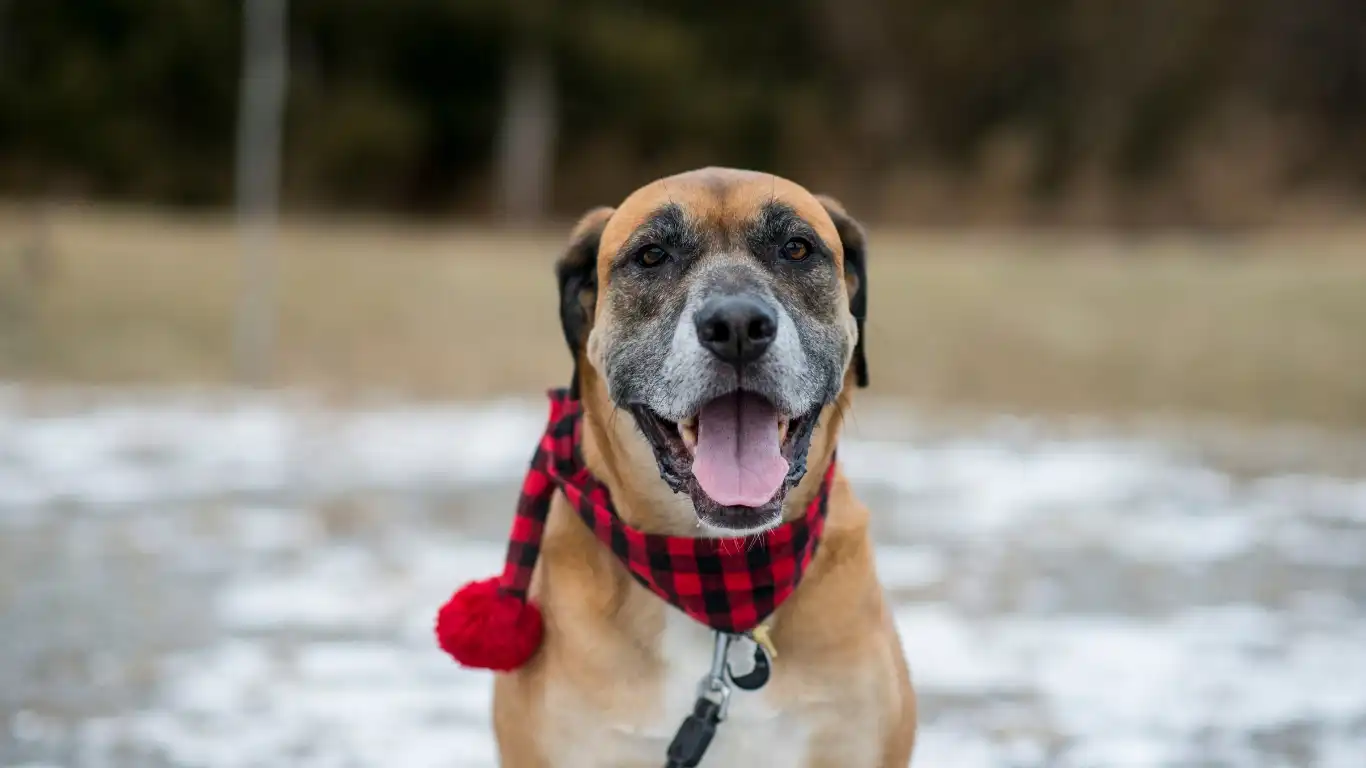
There’s no one-size-fits-all answer because brushing frequency depends on your dog’s breed, coat type, and lifestyle. Here’s a general guide:
- Short-haired breeds: 2-3 times per week.
- Medium to long-haired breeds: Every other day or daily.
- Curly or wavy-coated breeds: Daily brushing to prevent mats.
- Double-coated breeds: Several times a week, especially during shedding season.
- Wire-haired breeds: Once or twice a week, with occasional hand-stripping.
Brushing regularly not only keeps your dog’s coat in top shape but also helps you spot any skin issues, parasites, or abnormalities early on.
Pro Tips for a Stress-Free Grooming Session

Grooming shouldn’t feel like a battle. Over the years, I’ve learned some handy tricks to make brushing easier for both you and your pup:
Use Positive Reinforcement
Dogs respond well to encouragement. Give treats, praise, or belly rubs during and after brushing to make it a rewarding experience.
Take Breaks If Needed
Got a squirmy pup? No problem. Break up brushing into short sessions instead of doing it all at once. Even five-minute sessions spread throughout the day work wonders.
Invest in Quality Tools
A good brush makes a huge difference. Cheap brushes can cause discomfort, while high-quality ones last longer and are gentler on your dog’s skin.
Check for Signs of Skin Issues
Brushing is the perfect time to inspect your dog’s skin for redness, bumps, or parasites like fleas and ticks. If you notice anything unusual, a vet visit might be needed.
Up next, we’ll dive into choosing the best grooming products to pair with your brushing routine, including shampoos, conditioners, and detangling sprays to keep your dog’s coat looking its absolute best!
Case Studies & Real-Life Examples
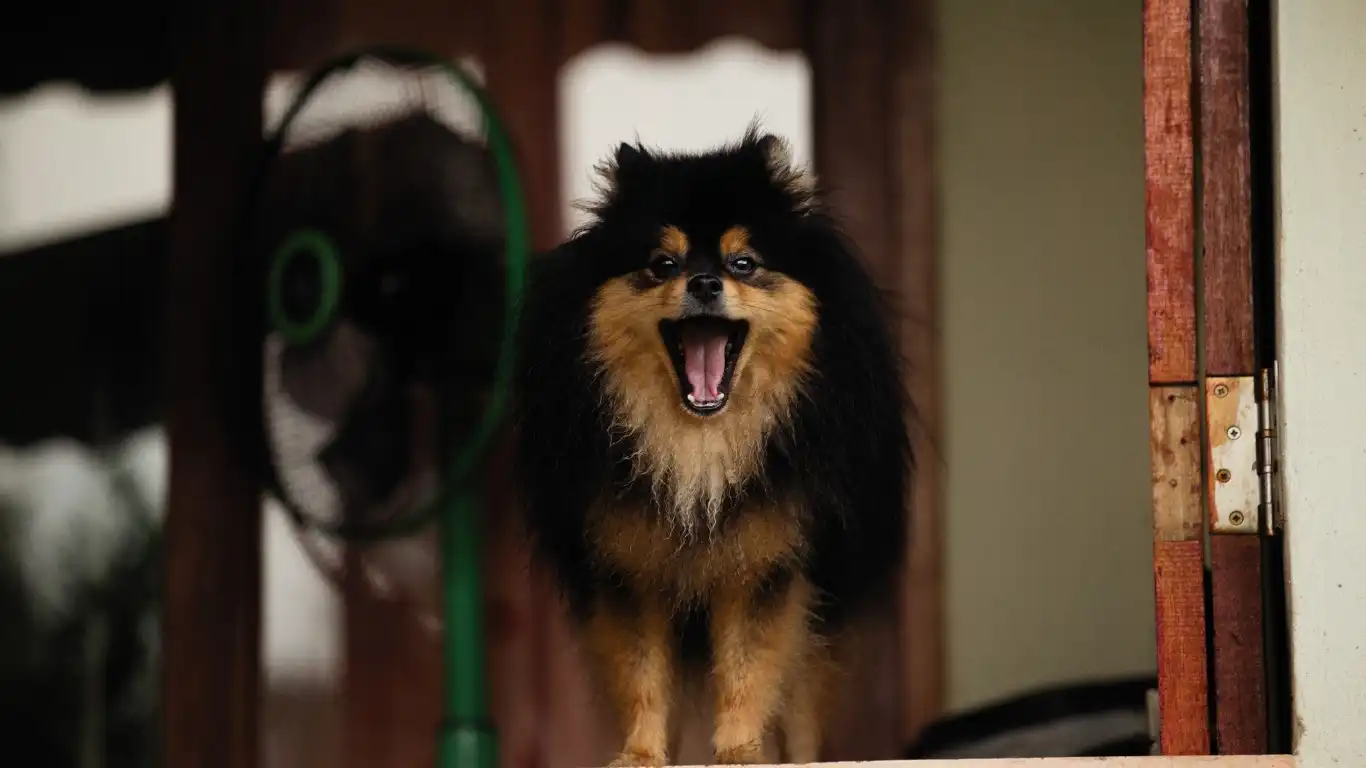
Over the years, I’ve seen plenty of grooming transformations—some good, some not-so-good. Let me share a few real-life examples that highlight why choosing the right dog grooming brush is so important.
Max the Golden Retriever – Shedding Nightmare
Max’s owners were at their wits’ end. Their furniture, floors, and even their clothes were constantly covered in golden fur. They were using a pin brush, thinking it was enough, but it barely touched Max’s dense undercoat. After switching to an undercoat rake and using it twice a week, they saw a massive difference—less shedding, a healthier coat, and a much happier pup.
Bella the Poodle – Matting Mayhem
Bella’s curly coat was a mess. Her owner thought brushing once a week with a bristle brush was fine, but mats were forming fast. A slicker brush and a metal comb became their new best friends. By brushing daily and following up with a detangling spray, Bella’s coat became tangle-free and much easier to manage.
Rocky the Beagle – Overbrushing Gone Wrong
Yes, overbrushing is a thing! Rocky’s owner brushed him daily with a stiff slicker brush, thinking more brushing meant a shinier coat. Unfortunately, it led to skin irritation. A simple switch to a soft-bristle brush reduced the redness, and brushing two to three times a week was all Rocky needed.
These stories prove that the right tools and techniques make all the difference in grooming success.
Key Takeaways: What You Need to Remember
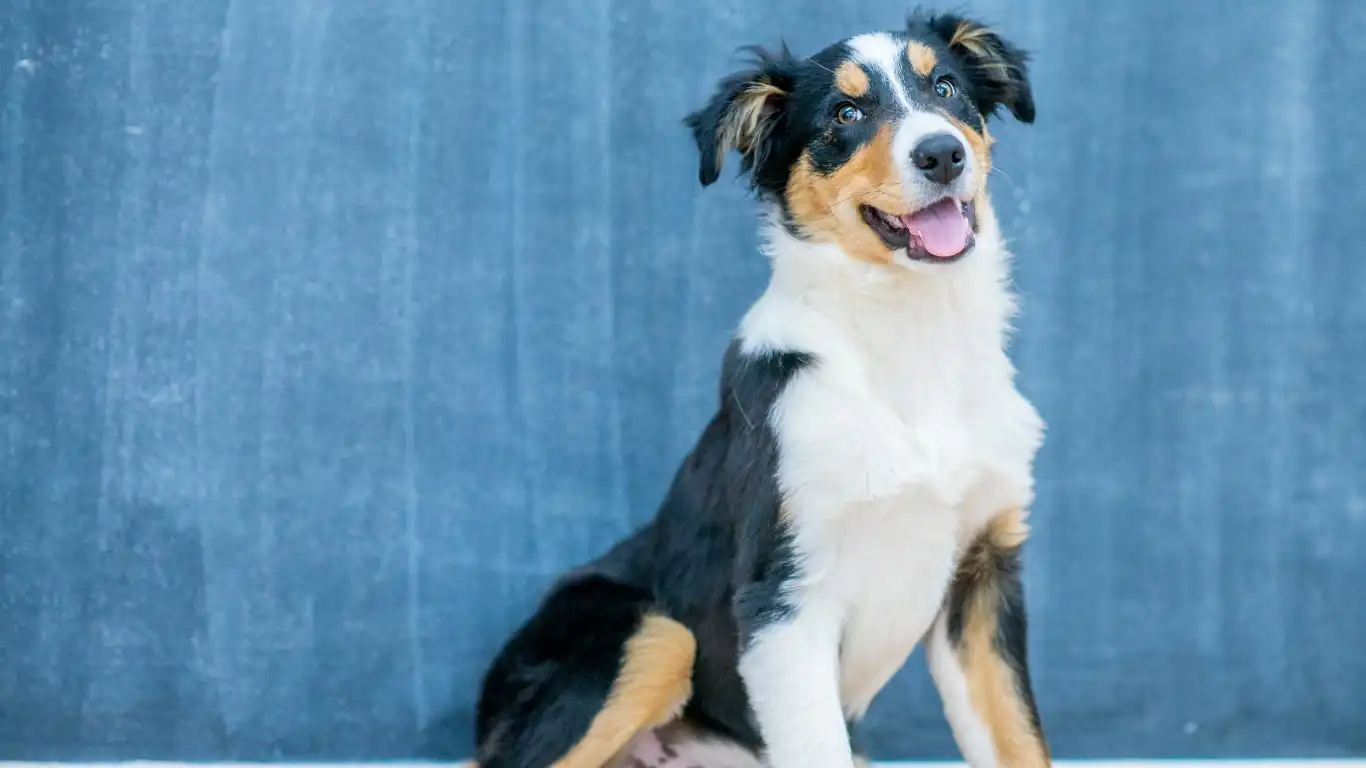
By now, you’re practically a grooming pro! Here are the most important things to keep in mind:
- Know your dog’s coat type. It dictates the kind of brush you should use.
- Use the right tools. One brush doesn’t fit all! Choose one based on your dog’s fur length, texture, and needs.
- Brush regularly. The right frequency depends on breed and coat type, but consistency is key.
- Make brushing a positive experience. Use treats, praise, and short sessions if needed.
- Check your dog’s skin while brushing. Look for any signs of irritation, fleas, or unusual bumps.
FAQs
How do I know if I’m using the wrong brush?
If your dog dislikes brushing, has irritated skin, or still sheds excessively, you might be using the wrong tool. Try switching to a gentler or more effective brush based on their coat type.
What if my dog hates being brushed?
Start slow! Use a soft brush, reward with treats, and keep sessions short. If your pup has had bad experiences in the past, be extra patient.
Can I use human hairbrushes on my dog?
Not recommended! Human brushes don’t penetrate thick dog fur properly and might not be gentle enough on their skin.
How often should I clean my dog’s brush?
At least once a week! Remove trapped hair and wash with mild soap to prevent bacteria buildup.
Bonus: Additional Resources or DIY Tips
If you love DIY solutions, here are some fun grooming hacks:
- Homemade Detangling Spray: Mix equal parts water and leave-in dog conditioner in a spray bottle for easy detangling.
- Shedding Hack: Use a damp rubber glove to remove loose hair—great for quick touch-ups.
- Calming Trick: If your dog gets nervous during brushing, try playing soft music or using a lick mat with peanut butter to keep them distracted.
Appendix: Table, References, and Call to Action
Recommended Brushes for Each Coat Type
| Coat Type | Recommended Brush |
|---|---|
| Short Hair | Bristle Brush, Rubber Curry Brush |
| Medium to Long Hair | Slicker Brush, Pin Brush |
| Double Coat | Undercoat Rake, De-shedding Tool |
| Curly or Wavy Coat | Slicker Brush, Metal Comb |
| Wire Coat | Slicker Brush, Stripping Tool |
References
Disclaimer
The information provided in this article is for educational purposes only. Always consult a professional groomer or veterinarian for specific grooming concerns.
Call to Action
Now that you know how to choose the right dog grooming brush, it’s time to put this knowledge into action! Try out a brush that suits your pup’s needs, and let me know in the comments what works best for your furry friend. Happy grooming!
